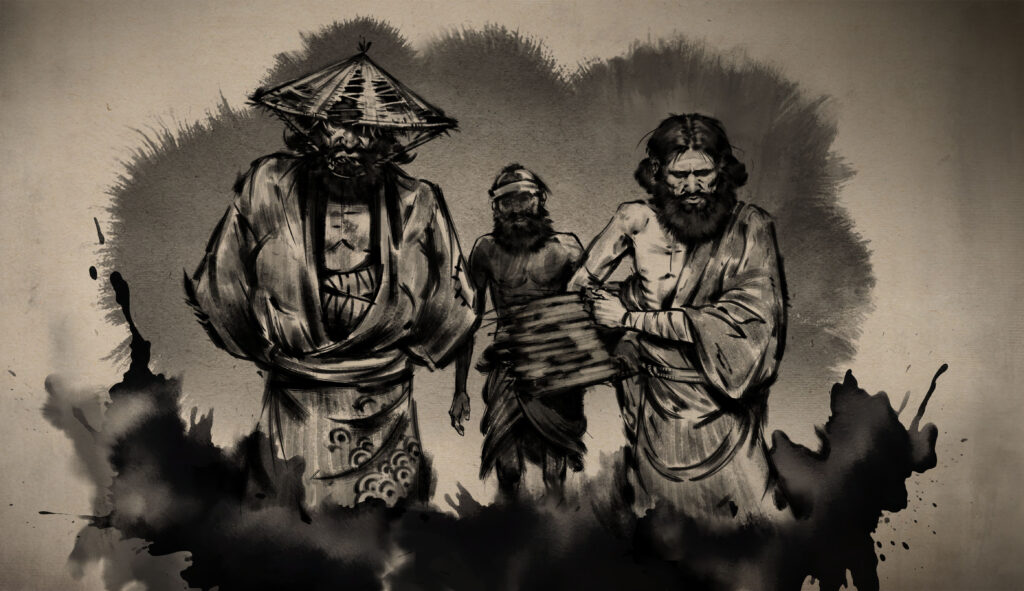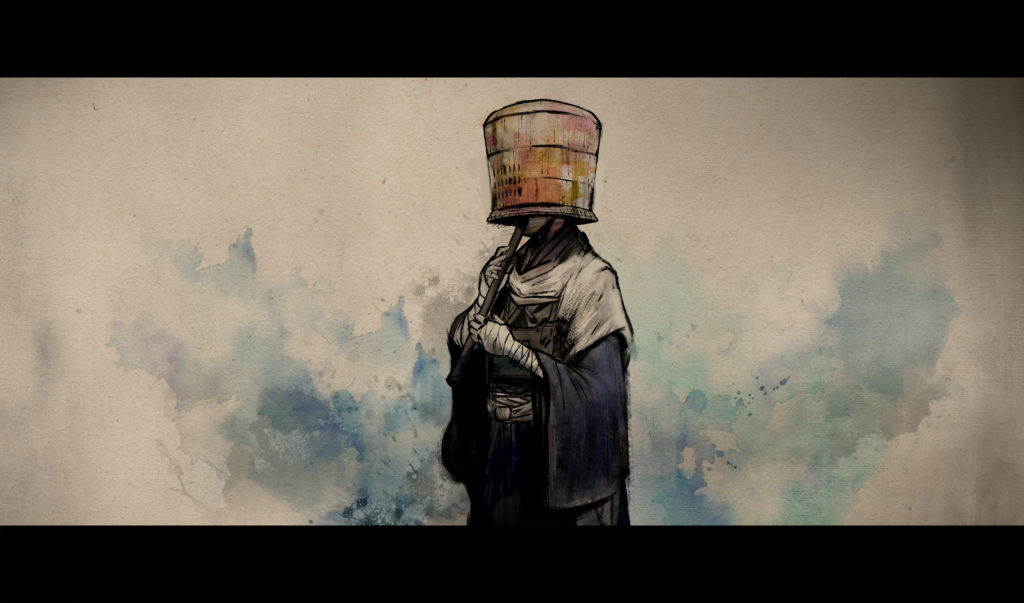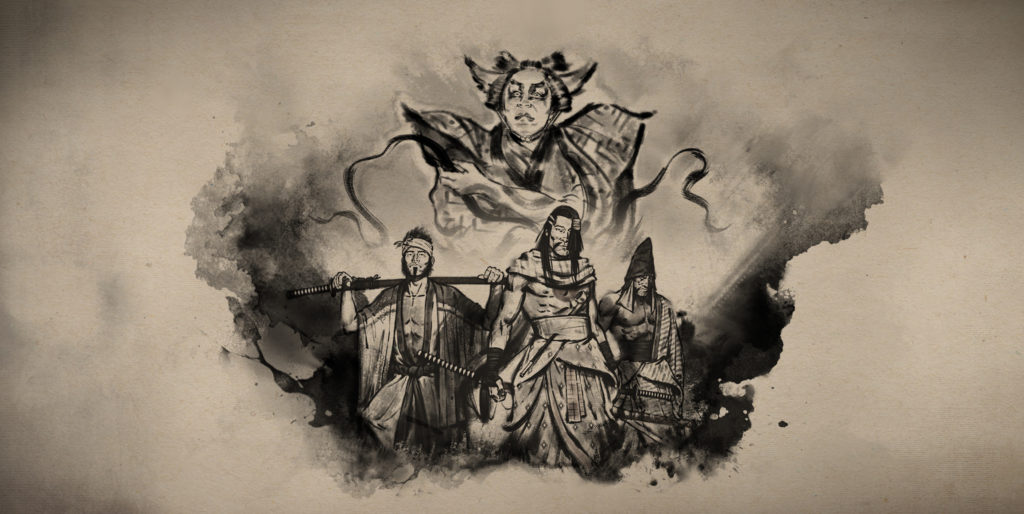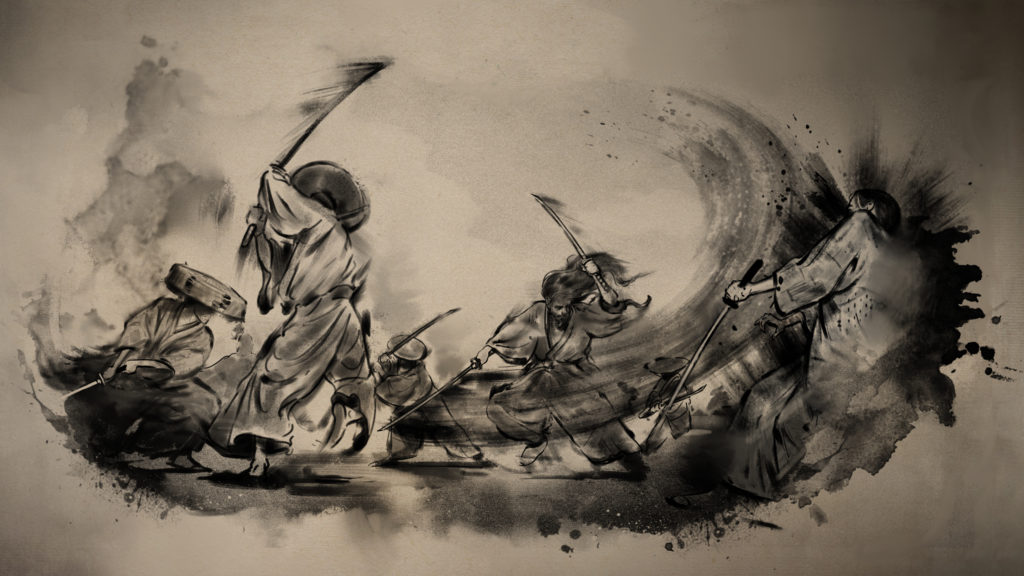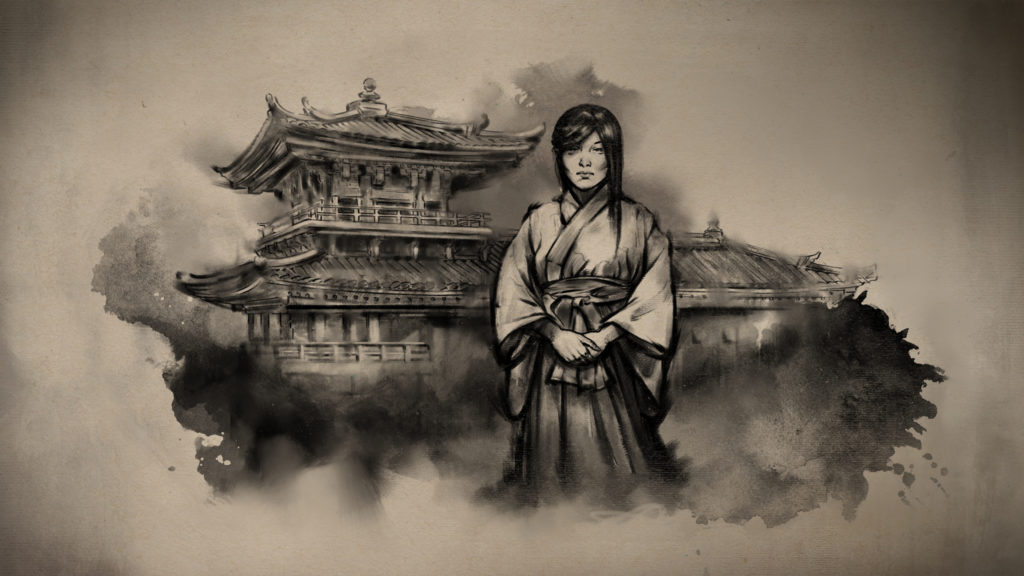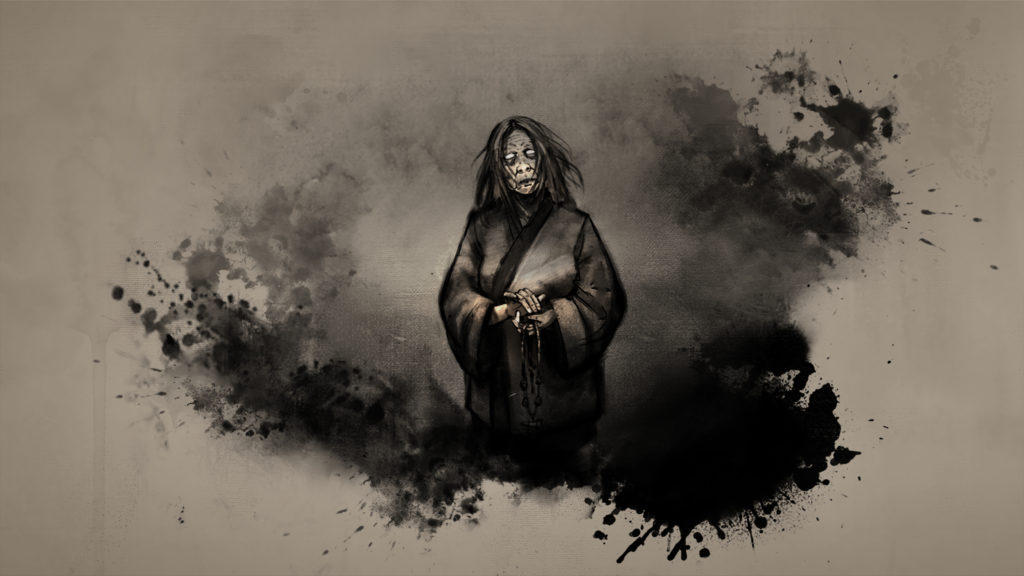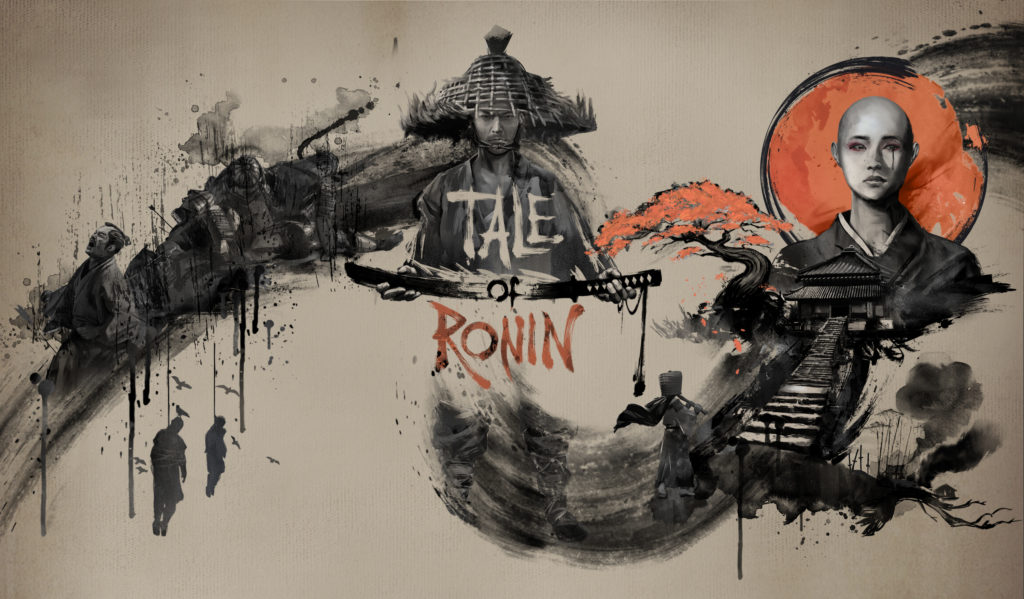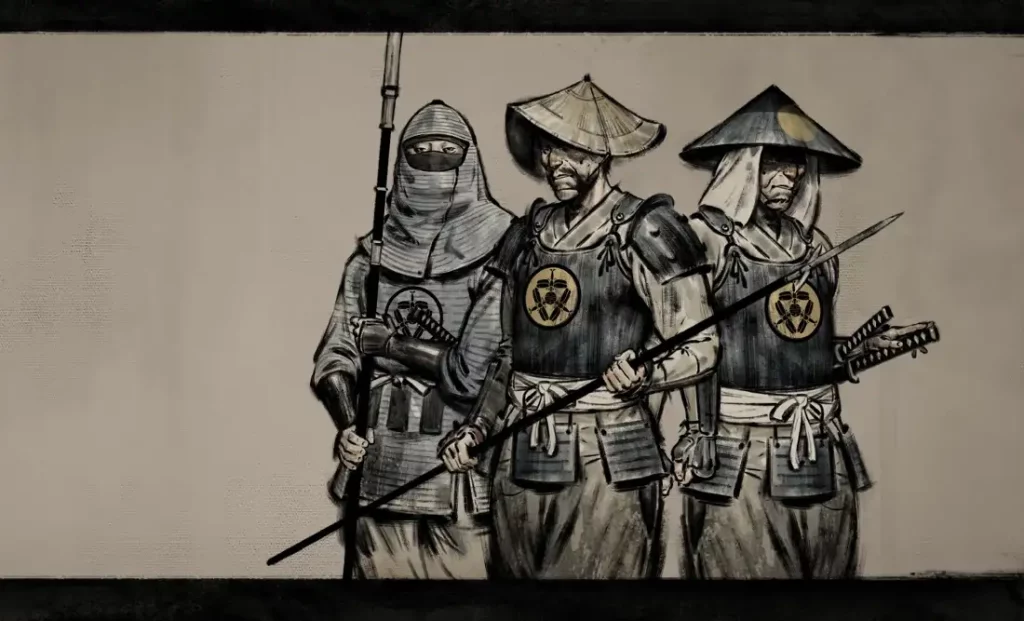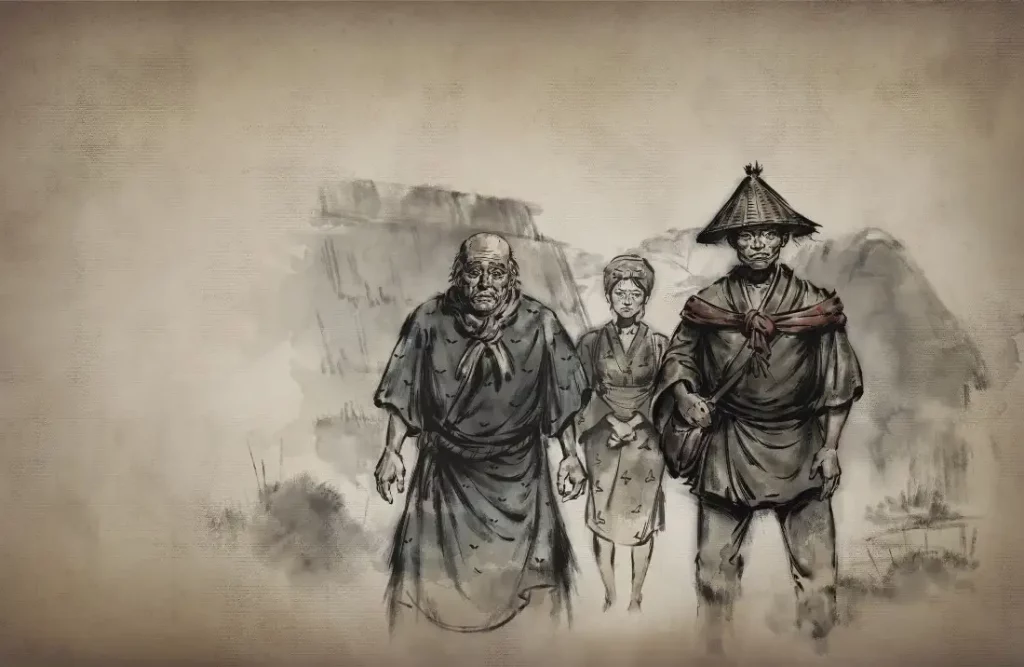Burakumin: The Untouchable Caste of Feudal Japan
The burakumin are a large group of people who were historically discriminated against in Japan. They are not an ethnic minority; the discrimination against them is based on caste and descent. Considered “outcaste” and “untouchable,” the burakumin occupied the lowest rung in the traditional Japanese social structure. During the early Edo period, those who worked …
Burakumin: The Untouchable Caste of Feudal Japan Read More »
